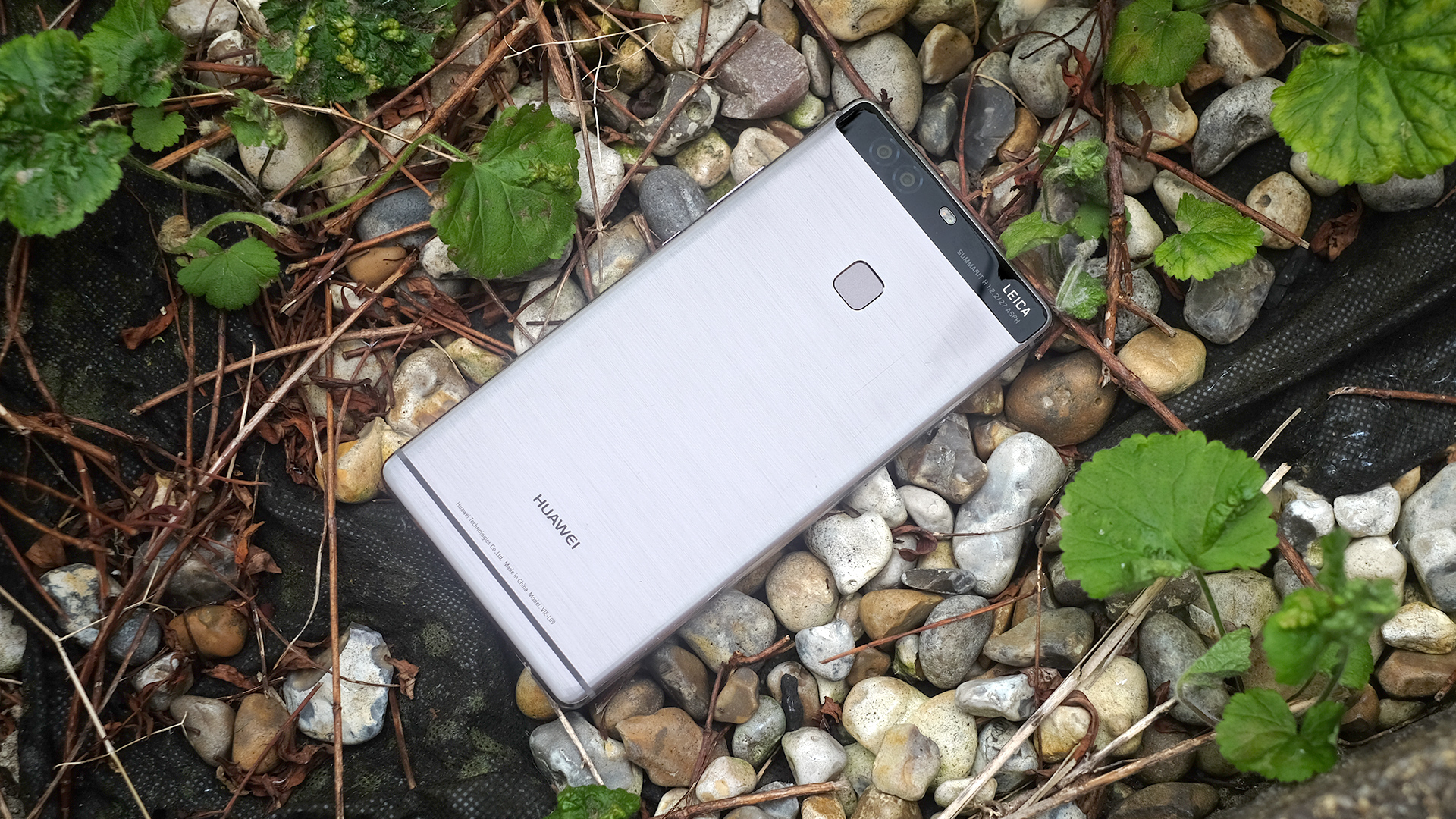Why you can trust TechRadar
Over the last 12 months we've seen a rather disappointing trend for manufacturers to trade on the efficiency improvements of newer CPUs by using slightly lower-capacity batteries than their predecessors.
The Huawei P9 Plus, though, has a fairly large 3400mAh battery. Its stamina is very strong among its peers, and is close to matching the Samsung Galaxy S7 Edge on battery stats. That's one of the longest-lasting phones of the moment.
As with 99% of phones, you can't hammer it and expect it to last for two solid days. However, with fairly light use it will.
To buy the Huawei P9 Plus for that sort of use is to miss the point of this phone, though. Its real benefit is that this is a phone you can use quite heavily and still almost be guaranteed a full day's use, with some charge to take you into the second day.
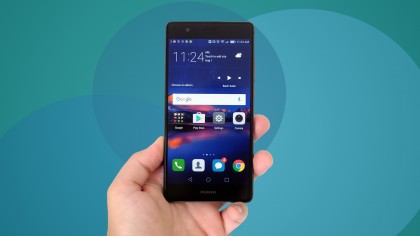
One Sunday during testing, for example, we subjected it to an hour's browsing during a train journey, around an hour of podcast streaming over mobile data and almost an hour of checking out two of Android's top pinball games. They are Zen Pinball and Pinball Arcade, if you're interested.
By 10pm we still had 35% charge left. That's very reassuring performance if you've ever been left banging your head against the wall after owning a phone that seems to drain down to almost zero charge by the time you get home from work.
The Huawei P9 Plus is an easy phone to live with as a result. Our standard video benchmark test supports this too. A 90-minute 720p MP4 video played at maximum brightness took 13% off the battery. That's one per cent less than the Samsung Galaxy S7 Edge loses during the same test.
Switching to the 720p battery-saving mode saw the drain reduce ever-so-slightly, from 13% to 12%. It's likely to be more beneficial when playing games, though, with 720p rendering causing less strain on the GPU.
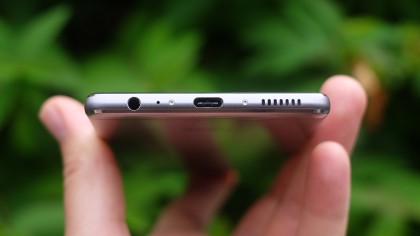
There are a few hardware features to credit for this good performance. First, and simplest, 3400mAh is a very respectable capacity for a phone like this.
The Huawei P9 Plus also appears to use a recent-gen Samsung OLED screen panel, known for their efficiency. Its processor is efficient too. The Kirin 955 CPU is made using the 16nm FinFET Plus process, a step ahead of the FinFET process used in the iPhone 6S and iPhone 6S Plus's Apple A9 CPU.
In some respects the CPU doesn't seem quite as forward-looking as the rival Snapdragon 820, but it is a capable chipset.
The Huawei P9 Plus is charged using a USB-C connector rather than the still-more-common micro USB plug, and it supports fast charging too. Its charger offers two modes, the standard 5V, 2A you'll get with most larger capacity phones and a 9V, 2A fast mode that almost doubles the potential power transfer.
However, it's not among the fastest-charging phones around in reality. Where some phones get you well over 50% charge within a half-hour, the Huawei P9 Plus seems to gain about 40% in that time.
Camera
The Huawei P9 Plus, like its more affordable P9 brother, has a very interesting camera setup, as it uses two cameras on the back. This sort of setup was popular a couple of years ago, but Huawei approaches it with a much more technically rich premise.
A phone like the HTC One (M8) has two cameras, but only one sensor is used to harvest meaningful image data. The other is a much lower-quality sensor that provides depth information by analyzing how what it sees differs from the main sensor. It's a dummy.
The Huawei P9 Plus's two sensors are both high-quality 12MP Sony IMX286 sensor chips, but one is color, the other monochrome.
We need to get a little techy to explain why a monochrome sensor offers real benefits, but it's not actually that complicated. A normal color camera sensor uses a Bayer filter, which organizes light into red, green and blue streams before it hits the sensor.
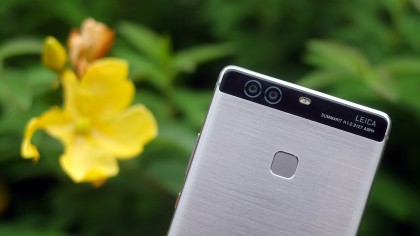
However, this actually involves 'rejecting' a lot of light, and light is the currency of a camera sensor. By ditching the Bayer array, a monochrome sensor can offer better results at higher sensitivities, with less noise.
While Huawei says the information from both sensors is used to make all photos the phone takes, there's also a separate Monochrome mode that actually switches to the black and white sensor. You can even see an ever-so-slight difference in the field of view when you switch to this mode.
Taking the Huawei P9 Plus camera out shooting, it can produce some great results. Its color reproduction is excellent for a phone, and its Auto mode is a pro at dealing with tricky daylight lighting conditions.
Not only can it juggle its exposure well, it clearly uses HDR-style optimization even when you do not touch the separate HDR mode. Just shoot away and you'll get some great results.
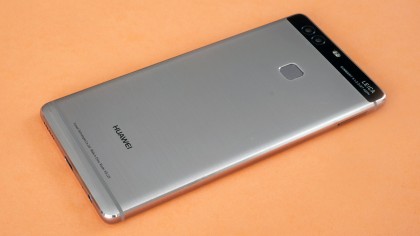
The Monochrome mode is a reminder of quite how much black and white photography can add drama and an arty look to your shots without looking remotely like attention-seeking Instagram fodder. Contrast in daylight monochrome shots is fantastic.
However, as with the P9 one of the big hopes for a "next-gen" multi-camera solution like this is that it'll radically improve low-light performance, and the Samsung Galaxy S7 family cameras perform much better at night.
The Huawei P9 Plus's low-light focusing is not entirely reliable even though it has a laser focusing aid and phase detection sites on its sensor. The phone also is not great at brightening up very dark scenes and it doesn't have optical image stabilization (OIS).
OIS uses a tiny motor to counteract the little handshake movements we all make to let a camera use slower shutter speeds in order to reduce sensitivity and improve image quality. More detail, less noise, in other words.
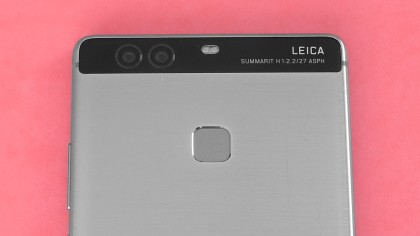
Without it, it's a little too easy to come out with blurry night shots unless you keep your hands very still. One night we took the phone out to shoot a gig, and our hit rate was lower than it would be with an OIS phone. Sharp shots are noisier and less detail-packed than the best because a minimum Auto shutter speed of 1/17 of a second means the camera has to use fairly high sensitivities in poor lighting.
The lens quality doesn't help here either. While the Huawei P9 Plus's lenses may be Leica-branded, their apertures are only f/2.2, which is very slow for a very expensive phone. The Samsung Galaxy S7 Edge's lens is f/1.7, making it able to harvest much more light in the same exposure window. These lenses produce a nice natural bokeh effect, but they're just not quite fast enough.
There is a Night mode, but it's not much use for most situations. Depending on the conditions it might take 30 seconds to shoot a single photo. You'll either need a tripod or somewhere steady to rest the phone. We jammed the Huawei P9 Plus into a corner with some Blu-Tack to test.
With this mode the phone can bring near-pitch-black scenes to life, but it just isn't practical most of the time, and renders far less detail than a standard 30-second exposure.
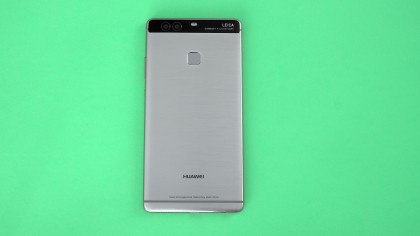
There is a full manual mode that lets you use these conventional long exposures, accessed just by swiping up from the shutter button. It's fully-featured too, although the lack of OIS limits its appeal a little. Start playing with the shutter speed dial and you're likely to end up with blurry shots again.
Unless you have some way to steady the Huawei P9 Plus, the Samsung Galaxy S7 Edge and LG G5 are better night photo tools. If you're not shooting landscapes, though, the flash will help. The dual-LED flash on the back looks small, but it packs a punch. Put a finger over it and it'll get supernova-hot within a few seconds.
There are other features too. Like previous dual-lens cameras, the Huawei P9 Plus has a mode that creates synthesized shallow depth of field effects. This is a bit of a tech cheat, the equivalent of a vignette filter, but you can get some results far better than what we were left with back with the HTC One M9.
You shoot as normal using the special depth mode, then can alter the exact focus point and virtual aperture after shooting in the gallery. This is how you get these effects with a 'proper' camera: wider aperture (lower f/stop) means a blurrier background.
The rear camera setup is much the same as it was in the Huawei P9. However, there is a much-improved front camera.
An 8MP sensor and f/1.9 lens are behind the Huawei P9 Plus's selfies, and they're some of the best around. Natural skin tones, excellent detail even with dingy indoors lighting and good white balance judgement makes them a match for the great selfies of the Nexus 6P.
Andrew is a freelance journalist and has been writing and editing for some of the UK's top tech and lifestyle publications including TrustedReviews, Stuff, T3, TechRadar, Lifehacker and others.
